6 auspicious must-eat foods during Chinese New Year
Jan 03, 2020
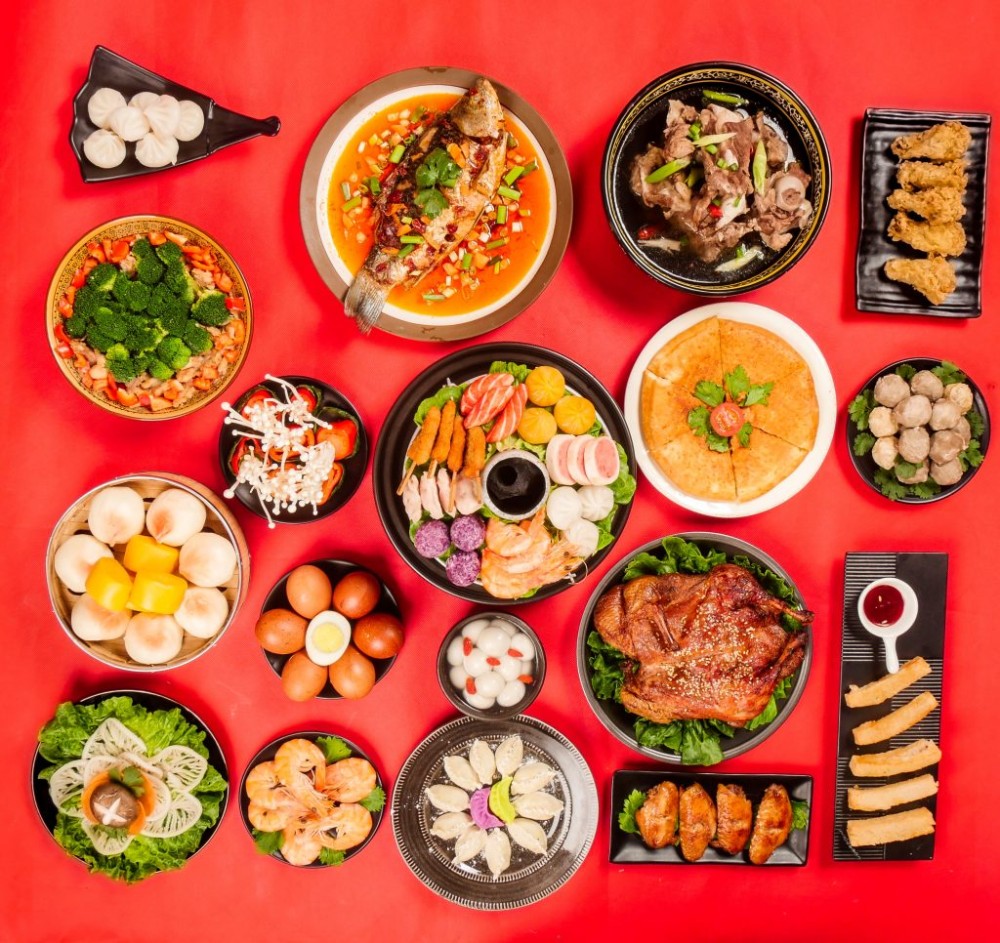
Chinese New Year (known as Spring Festival in Mainland China) is the biggest festival of the year. And it’s never Chinese New Year without a feast. People especially like to give foods auspicious meanings during the holiday, from wealth to health. If you’re curious about the secrets behind them, the following six must-eat foods at Chinese New Year will give you some insight.
Eight Treasure Rice Pudding
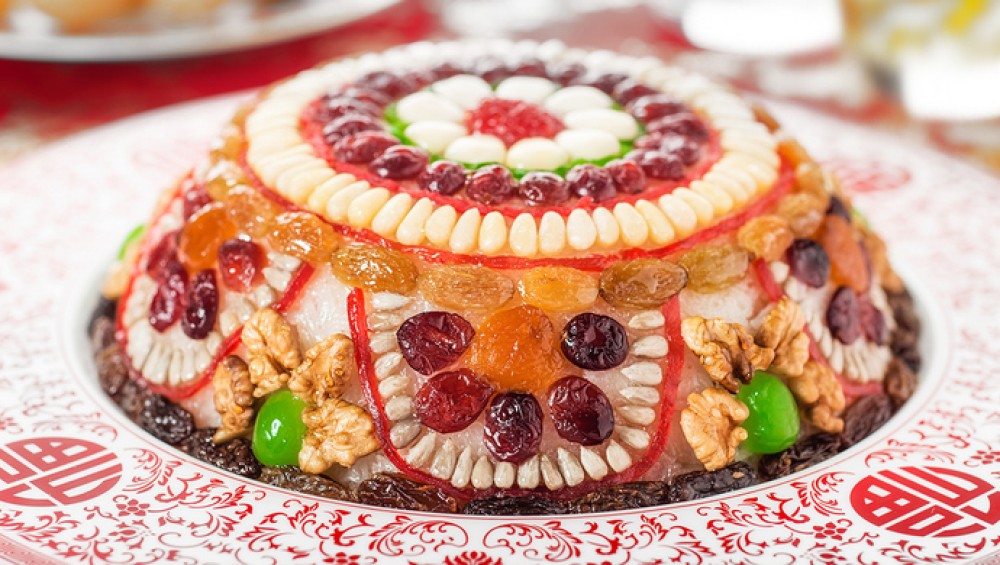
Apart from sticky rice and red bean paste, the “eight treasures” (which are lotus seed, longan, red dates, kumquat, honey cherry, candied wintermelon, shelled sunflower seeds and pearl barley) symbolise marriage, family reunion, the healthy birth of a baby, auspiciousness, happiness, harmlessness and longevity. One rice pudding always has a large quantity, so it’s hard to finish it alone and is great to share with the whole family – also indicating family getting together and enjoying the harmonious hours.
Sweet Dumplings
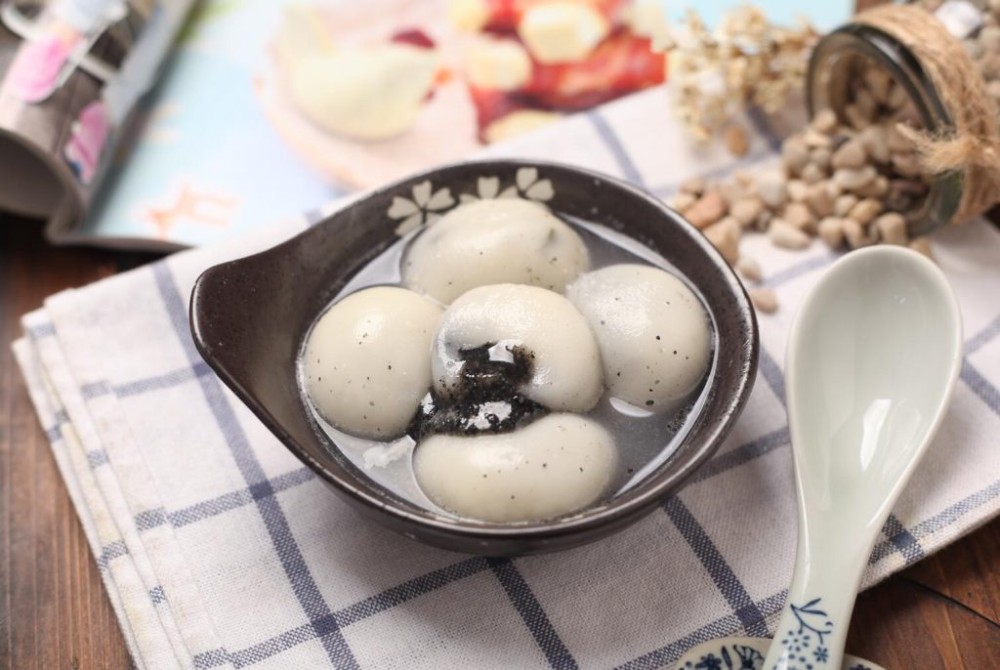
In southern China, one of the customs on the morning of the Lunar New Year’s Day is to eat sweet dumplings. On the 15th day of the Spring Festival, which is called the Lantern Festival, people also cook sweet dumplings to wish for family reunion and harmony, because the pronunciation and round shape of sweet dumplings are related to reunion and being together. Made from glutinous rice flour, these rice balls are usually filled with a mixture of ground black sesame with sugar, red bean paste or peanut butter jam. The sweet dumplings are often put into a sweet soup flavoured with brown sugar and ginger.
Rice Cakes
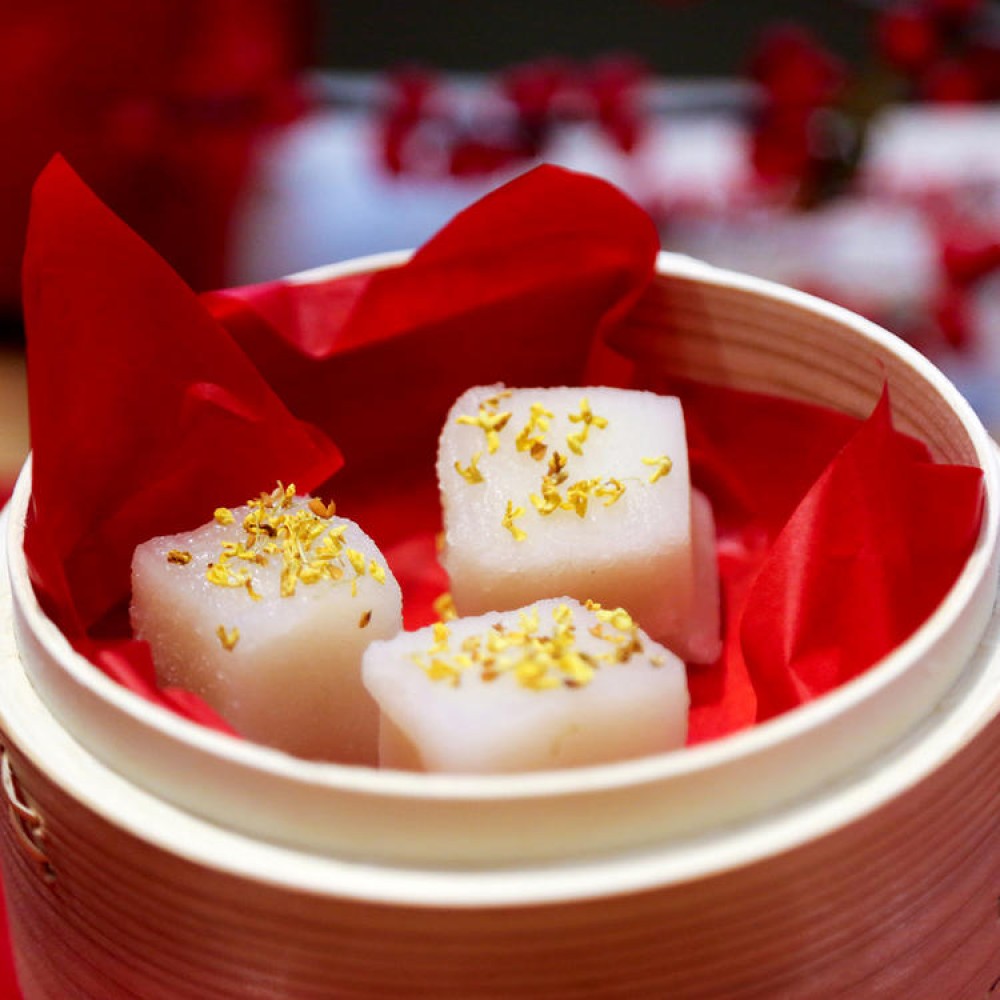
In Chinese, the pronunciation of rice cake sounds like the meaning of “getting better year by year”. People eat rice cakes to hope for a better life in the future. The main ingredients are sticky rice, sugar, chestnuts, red dates and lotus leaves, and there are many ways to make it. In northern China, there are steamed and fried rice cakes, and both are sweet, while in southern China, people are more likely to cook the rice cakes with soup, which can be either sweet or salty.
Dumplings
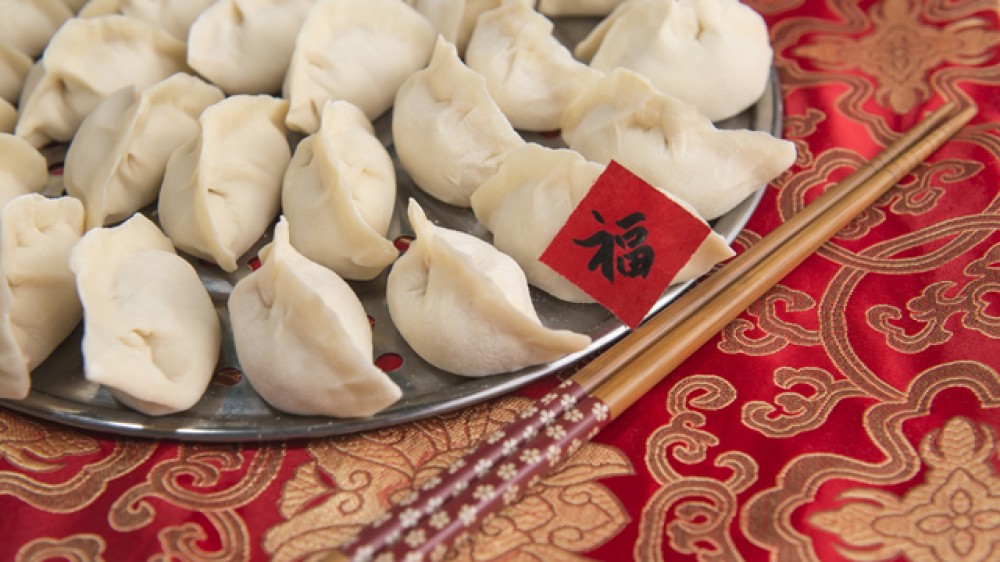
Since the Ming Dynasty, almost every Chinese person eats dumplings on New Year’s Day. These dumplings are special, because they are always made on New Year’s Eve, with a secondary meaning of “saying goodbye to the past year and welcoming the new year”, according to the pronunciation of the word in Chinese. The shape of dumplings is similar to that of yuanbao, the currency in ancient China, so dumplings also symbolise wealth. As another tradition, people also like to put a “coin” in a certain dumpling – and the person who eats it is supposed to be the most lucky and rich in the new year.
Spring Rolls
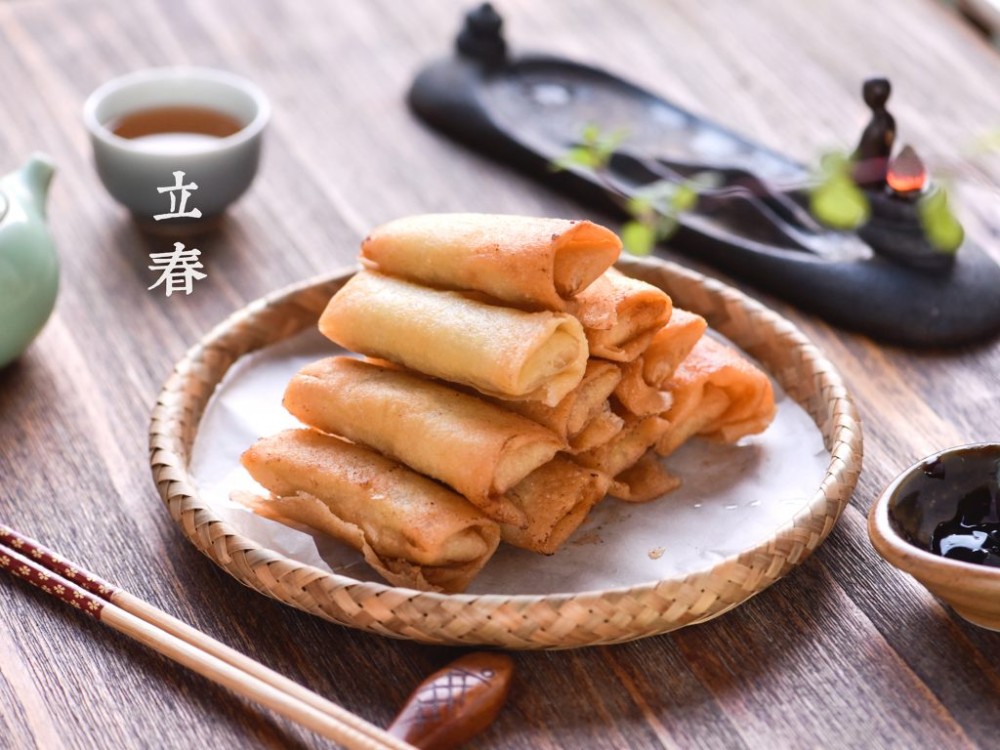
Spring rolls got their name because they are traditionally eaten during the Spring Festival. It’s a dish especially popular in eastern China. Spring rolls are filled with vegetables, meat or red bean paste, and wrapped in thin dough wrappers. When they are fried until the colour turns into gold, they look like gold bars, so spring rolls also symbolise wealth.
Fish
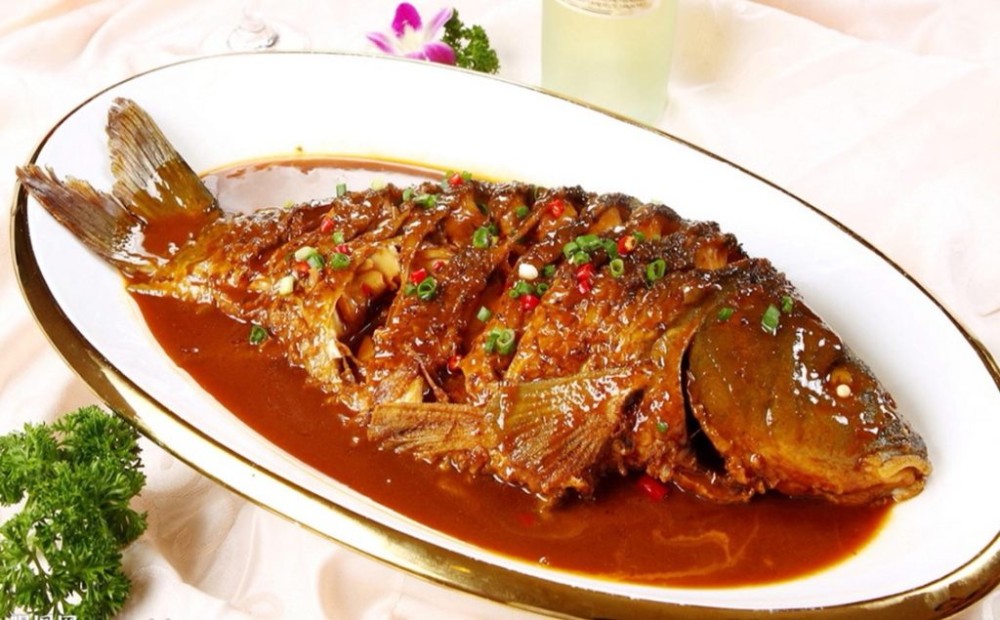
According to the famous saying 年年有余 (“abundance in every year”), Chinese people always like to have a surplus at the end of the year, because they think if they have managed to save something in the past year, they can make even more in the next. In Chinese, the pronunciation of “fish” is the same as that of “surplus”. Therefore, eating a whole fish during Chinese New Year expresses the hope that the year will start and finish with full wealth.


























